As the weather cools down, it can be tempting to hang up those running shoes. The elements may feel too extreme, or you may be worried that running in the cold isn’t great for your health. But, is running in the cold bad for you? No!
While winter running does come with certain unique precautions and preparations, the truth is that running is a healthy habit that you can enjoy all year long. So, if you’re hoping to hit the pavement or trails this winter, here are the ins and outs of running in the cold to get you ready and prepared.
Positive Effects of Running in the Cold
Lots of people are motivated to go running in winter for one reason only: they don’t want to break their routine and have to start from scratch when it warms up. That fear can make winter jogs feel like a chore, but they don’t have to be! Believe it or not, running in the cold comes with a lot of great benefits beyond just keeping your legs in shape.
Less Heat Stress on the Body
Exercising at high temperatures is associated with increased cardiovascular exertion and metabolic strain, so running in the cold can actually mitigate some of this stress. Your body naturally warms up during physical activity, and cold temperatures can prevent overheating. With the right gear, you can easily find the perfect balance to keep yourself comfortable and dry.
Manage the Winter Blues
SAD, or seasonal affective disorder, is a type of depression that usually comes on with the shorter, colder days of winter. It stems from chemical changes that happen when we experience less sunlight, and it can feel like an ongoing malaise for months on end. Running outside in the cold, however, has been shown to help boost energy, reduce symptoms of depression, and support mental health during the dark winter months.
Boost Your Metabolism
Our bodies are hard-wired to “slow down” for winter, which means a decreased metabolism and slower calorie burning. Running in the cold can “trick” your body out of this seasonal change, helping you to maintain a healthy weight over winter.
Precautions for Winter Running
Is running in the cold bad for you? Not at all, but it can come with its own unique challenges. From blustering winds to icy roads to frozen fingers, most barriers to winter running can be managed with the right mindset and preparation. Here are our top tips to help you run in the cold, safely.
Keep it Simple
Having ambitious training and fitness goals is an admirable quality, but winter is all about bringing it back to basics. Now is not the time to set personal records—focus on maintaining your fitness and staying active. Most people won’t be getting out there at all, so you’re winning already!
Consider the Terrain
Snow and ice can pose a serious fall risk, so staying aware is key. Try to run in daylight hours to improve your visibility on the road or trail, and make sure to check the weather forecast before heading out to avoid getting caught in a storm. And remember, it’s okay to take walking breaks if the conditions don’t feel safe enough to run!
Warm up Properly
The cold weather can cause your muscles to tighten, making running harder and putting you at risk of strains. Taking some time to do a thorough dynamic warmup indoors before a run will greatly reduce your chance of injury and frustration.
Stay Hydrated
While you may not feel as thirsty in the cold, that doesn’t mean you can’t get dehydrated. In fact, you may not even realize how much you’re sweating with thicker clothes on, making hydration even more important. Make sure to drink enough water before, during, and after your winter runs, and consider adding extra electrolytes to boost recovery.
Get the Right Gear
When it comes to running in the winter, the goal is to stay warm and dry. Layer up so that you can add or remove clothing as you heat up and cool down, and wear fabrics that are both thermally insulating and moisture-wicking. Also, try to wear bright or reflective clothing that will keep you safe on dark, dreary days, and don’t forget winter accessories like gloves or gaiters to protect your exposed skin.
And of course, you can’t forget your feet! Your normal running shoes should be fine for most cold-weather running, but consider cleats or grips if you know it’s going to be an icy workout.
When it comes to keeping your feet warm and dry, wearing the right socks is key. They are one of the most underappreciated pieces of cold-weather gear for runners, and a well-designed pair made of high-performance blends will keep your feet comfortable no matter what the weather report brings.
Fitsoks for Winter Running
When choosing socks for running in the cold, you want a pair that supports athletic performance in a fabric that can keep your feet insulated. Thankfully, Fitsok running socks are specifically designed to get you out there in even the harshest of weather.
Our Isolwool® socks, like the ISW Heather Trail Cuff, are constructed with Merino wool and polypropylene to deliver superior moisture movement, keeping your feet warm and dry. The light cushioning helps to prevent blisters and the length helps to protect your ankles from the elements.
Is running in the cold bad for you? Not with Fitsok! Your feet are the first part of your body to get cold, after all, so Fitsok is here to help support your winter running journey. Try a pair of our specially designed athletic socks, and embrace the benefits that come with running in the cold.
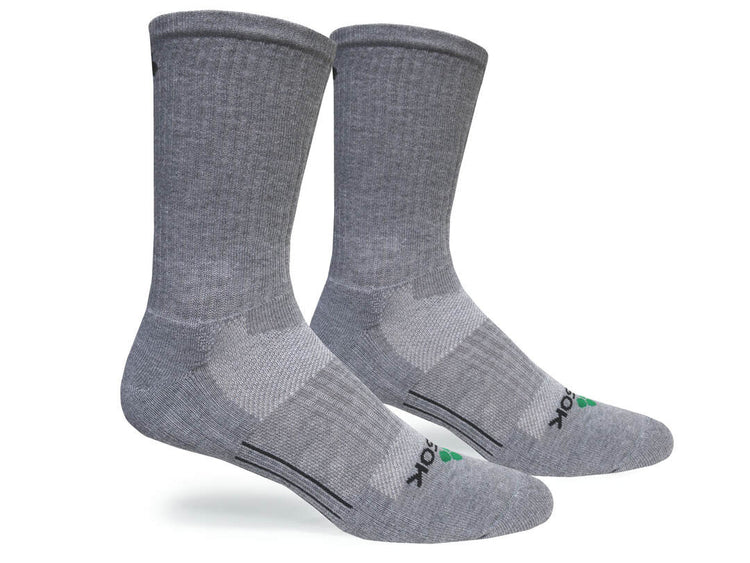
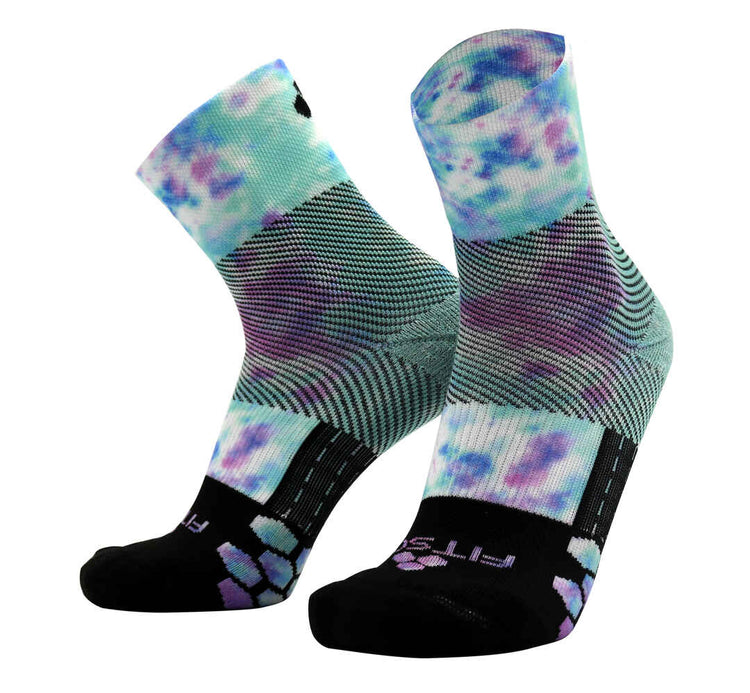
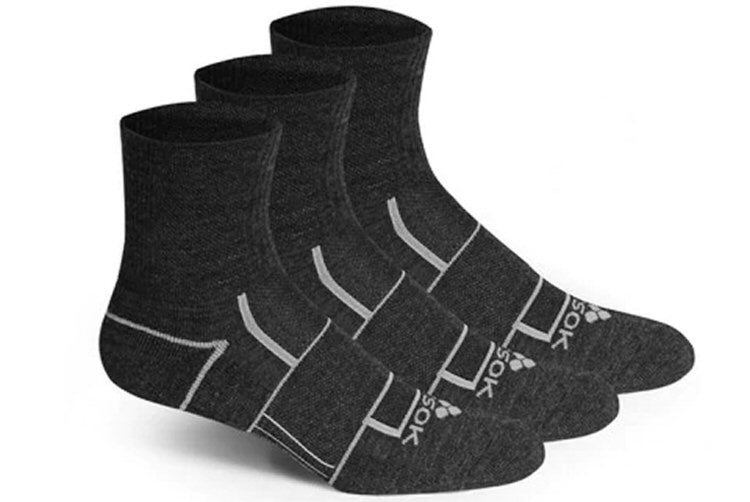
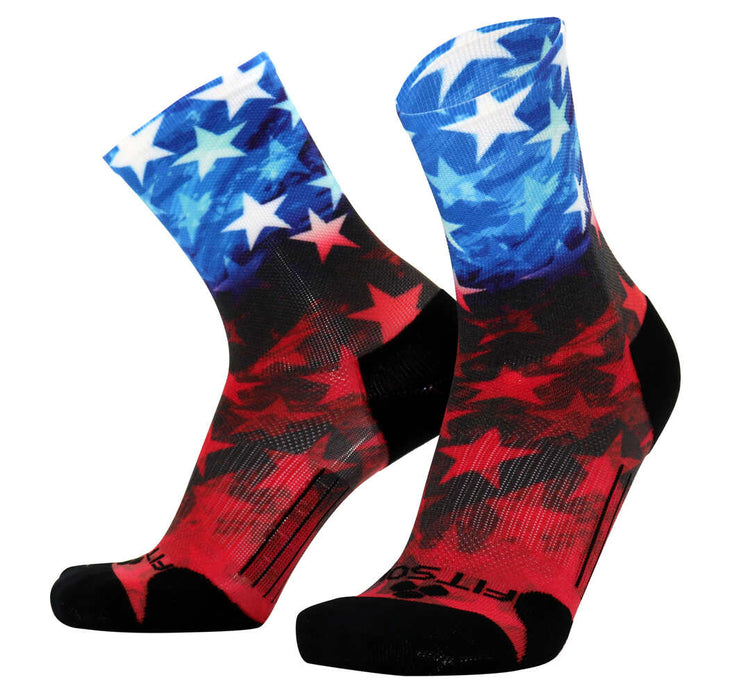
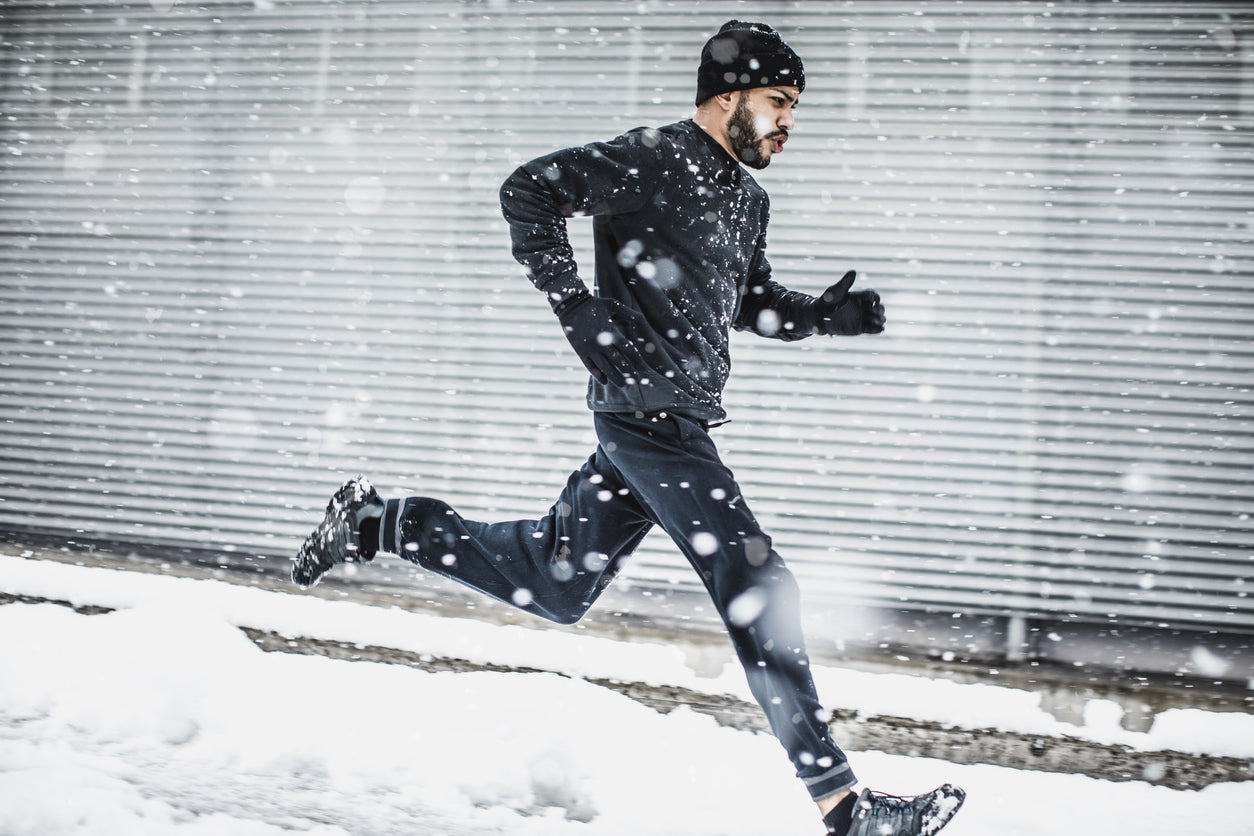
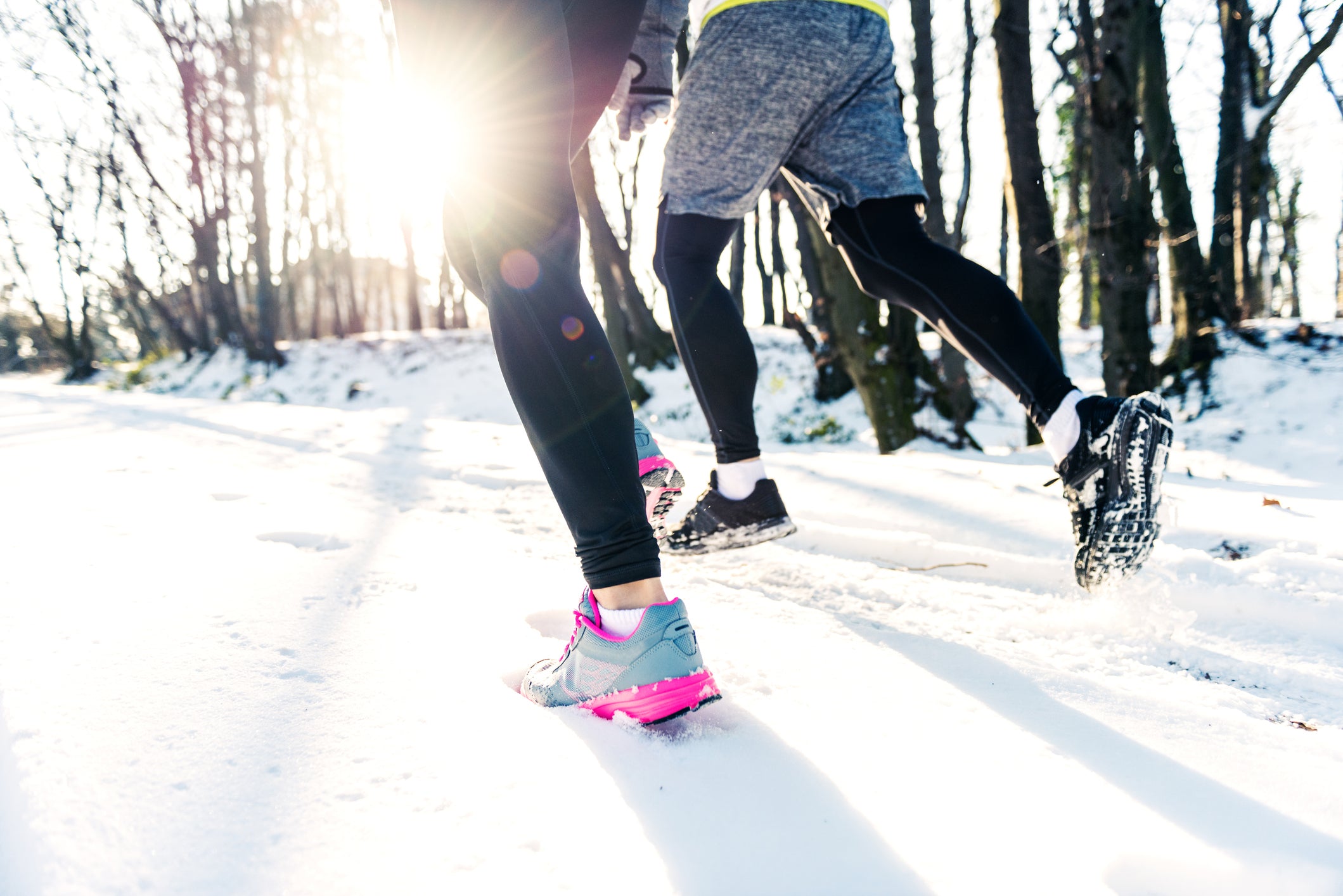

Leave a comment
This site is protected by hCaptcha and the hCaptcha Privacy Policy and Terms of Service apply.